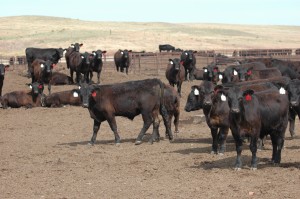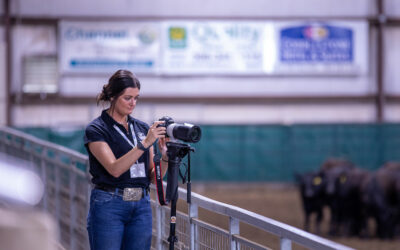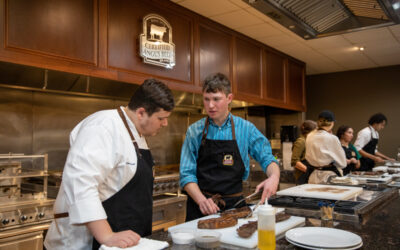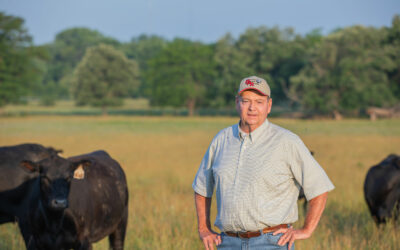Bad math or complex numbers?
We talk about the nation’s cowherd. We discuss Angus bull sales. We might note the futures market, the corn market and the latest cattle on feed report. We study marbling scores and the percent of cattle grading Choice like it’s our job. (Ok, it kinda is our job.)

And in the fall, we just might be caught talking about the football scores of K-State or Ohio or Michigan.
But we also know that numbers don’t always tell the whole story. Which is good news (as in job security) for writers like me (and Steve), because we get to put a few words with those numbers to make ‘em make a whole lot more sense.
That leads us to today’s myth.
Myth: If the USDA number for black-hided (A-stamped) cattle in the harvest mix is 62.9% and bull surveys show more than 70% Angus bull usage, then somebody’s doing some bad math.
Fact: At first glance, it looks like something doesn’t add up, that the percentage of A-stamped carcasses should be higher or people aren’t really turning out as many Angus bulls as they say they are. But the guys in our Packing Division say you’ve got to dig a little deeper–that USDA-reported number has a lot of factors rolled up in it.
The A-stamped figure includes native black-hided cattle, along with Mexican and Canadian feeder cattle imports, Canadian finished cattle imports and fed dairy cattle.
Sure, some Mexican cattle will be black-hided and counted as such, but it’s safe to say their cattle population and ours aren’t exactly identical. CAB director of packing Clint Walenciak applied that logic (along with estimated percent black numbers) to each of the other categories to arrive at a native black-hided number.
The end result? An A-stamped number 12 points higher than the all-inclusive USDA figure. It rose from 61.5% to its peak of 74.9% in 2010, and stood at 74.2% last year.
If you want the whole story, check out: What’s hiding?
We watch that number with interest because we can only apply our 10 carcass specifications to the cattle that reach that first hurdle of being black-hided. Another number we watch, our CAB acceptance rate, is around 24% today. And quite honestly we could use some more.
As Clint notes (and the reason we track so darn many numbers) : “As we grow the demand for high-quality beef, it’s very important for us to keep that consistent supply so retailers and restaurateurs can have confidence in the reliability of that supply.”
May your bottom line be filled with black ink,
Miranda
You may also like
High-Quality Beef and Experiences Promised with Summer Internship
Internships help students take skills learned in the classroom and apply it before graduation or entering the workforce. Last summer’s interns described their experiences with CAB as engaging, fun, empowering valuable and challenging. Read more about these internship opportunities!
Connecting With Consumers at the Meat Case
CAB is committed to prioritizing consumers’ evolving expectations for high-quality beef, sustainability and connecting the next generation. Explore our Ranch to Table program and learn how we connect the next generation of ranchers and culinarians for a brighter, more sustainable future for the beef industry.
Serving His Passion
Sharing the love and passion for Angus cow and Angus family, Jim Brinkley completes his term as CAB Board of Director after a year invested in the future of the beef industry. As chairman, he saw his own thoughts an leadership skills evolve as discussion topics brought new ideas to life in the board room.



